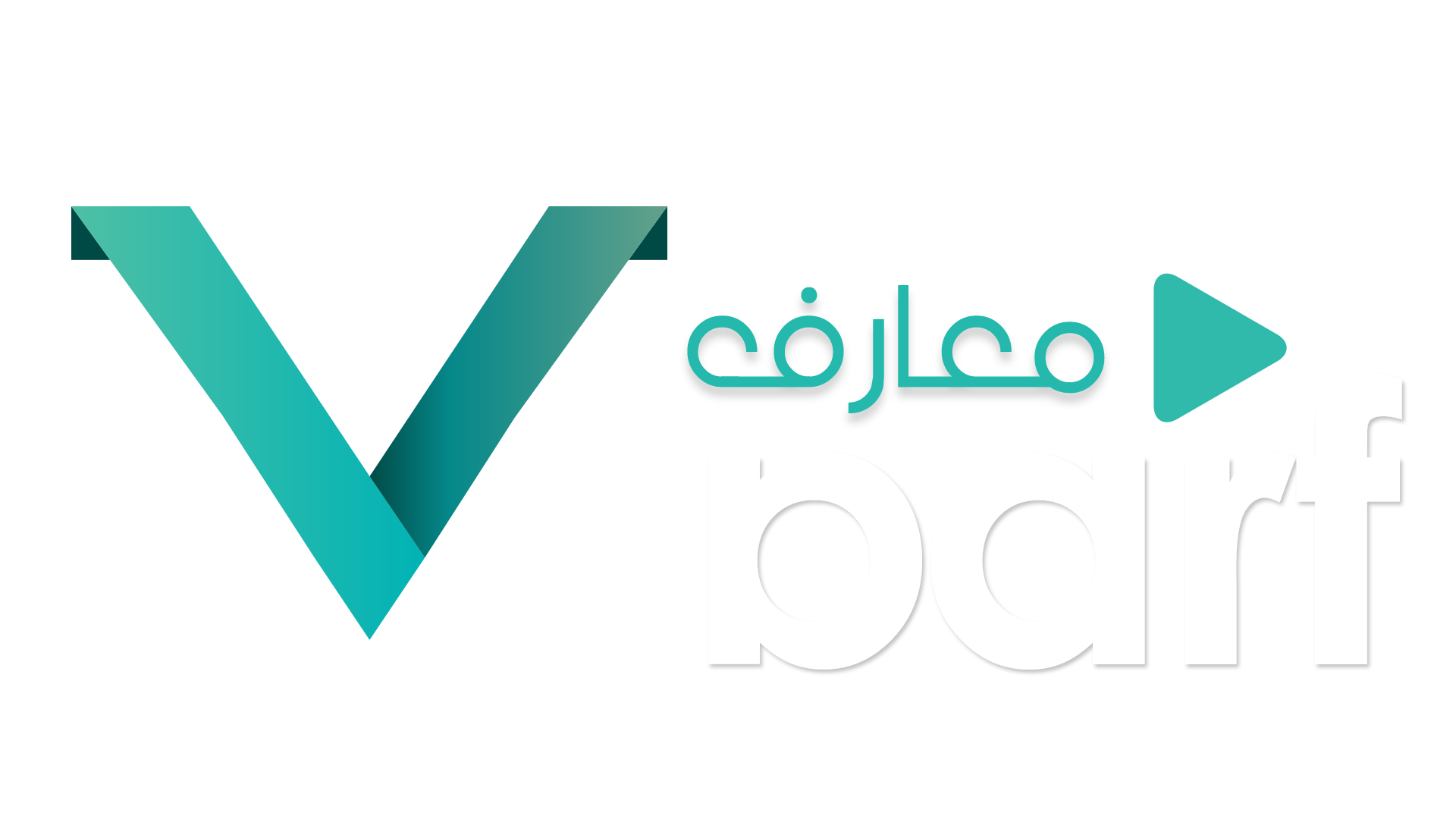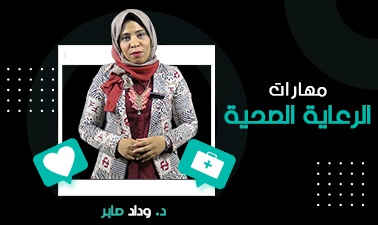
About Daily Care Skills Course
This course aims to help you learn about daily life care skills, the different types and methods of injections and burn care along with the practical application of each skill.
An injection is the process of introducing a liquid, drug, vaccine, contraceptive or other therapeutic agent into the body using a hollow needle and syringe.
Injection is one of the most common healthcare methods worldwide. The injection process provides a quick and reliable way to deliver the drug to the desired organ, compared to other oral or topical methods. The injection methods differ between intravenous and intramuscular injections, in addition to other less common methods that you will learn about through this course.
The most frequently used types of injections are:
Intravenous (IV) injections: An IV injection is the fastest way to inject a medication and involves using a syringe to inject a medication directly into a vein. When people talk about receiving medication via IV, however, they are usually talking about an IV infusion or drip, which involves using a pump or gravity to infuse the medication into a vein, rather than a syringe. IV infusions allow a set amount of medication to be administered in a controlled manner over a period of time.Intramuscular (IM) injections: IM injections are given deep into a muscle where the medication is then absorbed quickly by surrounding blood vessels.
Subcutaneous (SC) injections: SC injections are injected into the innermost layer of the skin called the subcutis or hypodermis, which is made up of a network of fat and collagen cells. SC injections are also known as ‘subcut’ or ‘SQ’ injections. These injections work more slowly than an IV or IM injection because the area does not have such a rich blood supply.
Intradermal (ID) injections: ID injections are given directly into the middle layer of the skin called the dermis. This type of injection is absorbed more slowly again than IV, IM or SC injections.
In Daily Care Skills Course you will Learn:
- Intramuscular injection skill and different injection sites.
- Allergy test before taking any prescription medications.
- Diabetic patients, the skill of taking insulin injections, the steps taken, and the necessary precautions.
- How to do peripheral venous cannula, identifying its different colors, types and how to choose the appropriate size.
- Direct Intravenous (IV) injection via using a syringe.
- How to do peripheral vein cannulation and drugs administration.
- Degrees of burns, their different types and how to provide the necessary care.
Course Staff

Lecturer at Medical Surgical Nursing Department, Faculty of Nursing, Mansoura University 2019.
- PhD in Medical Surgical Nursing in 2019 “Excellent” (1st on the batch).
* Teaching Experience:
* Medical Surgical Nursing.
* Fundamental of nursing.
* Health Assessment.
* Applied nutrition.
* General surgery.
* Basic Medical Skills at faculty of medicine.
* Medical bio-chemistry and nutrition.
حول دورة مهارات الرعاية في حياتنا اليومية
تهدف هذه الدورة إلى مساعدتك على التعرف على مهارات الرعاية في حياتنا اليومية - أنواع وطرق الحقن المختلفة والعناية بالحروق مع التطبيق العملي لكل مهارة.
الحقن هو عملية إدخال عقار سائل أو لقاح أو مانع للحمل أو أي عامل علاجي آخر في الجسم باستخدام إبرة مجوفة وحاقنة، ويعد الحقن من وسائل الرعاية الصحية الأكثر شيوعًا على مستوى العالم. توفر عملية الحقن وسيلة سريعة ومؤكدة لإيصال الدواء إلى العضو المطلوب، مقارنة بالطرق الأخرى عن طريق الفم أو الطرق الموضعية. وتختلف طرق الحقن ما بين الحقن الوريد والعضلي، بالإضافة لطرق أخرى أقل شيوعًا سوف تتعرف عليها من خلال هذه الدورة.
تشمل أنواع الحقن الشائعة الآتي:
الحقن العضلي (IM):
طريقة لتوصيل المادة العلاجية داخل العضلات، حيث يتم امتصاصها إلى مجرى الدم بسرعة. وتوجد العديد من العقاقير التي يمكن حقنها بهذه الطريقة، ومنها المضادات الحيوية والمسكنات، بالإضافة إلى معظم اللقاحات.
الحقن الوريدي (IV):
في هذه الطريق، يتم إدخال الإبرة مباشرة في الوريد، وتعد هذه الطريق أسرع طرق الحقن تأثيرًا، إذا تتجاوز أي عمليات امتصاص غير مرغوب فيها بواسطة الأنسجة قد تعيق الدواء.
الحقن تحت الجلد (SC):
طريقة لتوصيل الدواء تحت الجلد، حيث يتم استخدام إبرة قصيرة لحقن الدواء في النسيج بين الجلد والعضلة. وعادة ما يتم امتصاص الأدوية بهذه الطريقة بشكل أبطأ مما لو تم حقنها في الوريد وأحيانًا على مدار 24 ساعة.
وتشمل الأدوية التي يتم حقنها عن طريق الحقن تحت الجلد الأنسولين وبعض الهرمونات، والأدرينالين، وبعض مضادات للألم مثل المورفين، وبعض اللقاحات.
الحقن داخل الأدمة (تحت البشرة مباشرة) (ID):
يستخدم الحقن تحت البشرة في اللقاحات، أو لإجراء اختبار الحساسية لبعض الأدوية، أو لأمراض كالسل.
سوف تتعلم فى هذا المقرر:
- مهارة الحقن العضلي وأماكن الحقن المختلفة.
- اختبار الحساسية قبل تعاطي أي ادوية بوصفة طبية.
- مريض السكر ومهارة أخد حقن الانسولين والخطوات المتبعة والاحتياطات الواجبة.
- مهارة تركيب الكانيولا الوريدية الطرفية والتعرف على ألوانها وأنواعها المختلفة وكيفية اختيار المقاس المناسب.
- مهارة سحب عينات الدم من الوريد.
- مهارة الحقن المباشر في الوريد عن طريق السرنجة.
- مهارة تركيب المحاليل عن طريق الكانيولا.
- درجات الحروق وأنواعها المختلفة وكيفية تقديم الإسعافات والرعاية اللازمة.
المحاضر

د. وداد صابر
مدرس بقسم التمريض الطبي الجراحي، كلية التمريض، جامعة المنصورة 2019.
دكتوراه في التمريض الجراحي الطبي في عام 2019 "ممتاز" (الأولى على الدفعة).
قامت بتدريس العديد من المواد بكلية التمريض جامعة المنصورة منها:
• التمريض الجراحي الطبي.
• أساسيات التمريض.
• التقييم الصحي.
• التغذية التطبيقية.
• الجراحة العامة.
• المهارات الطبية الأساسية في كلية الطب.
• الكيمياء الحيوية الطبية والتغذية.

